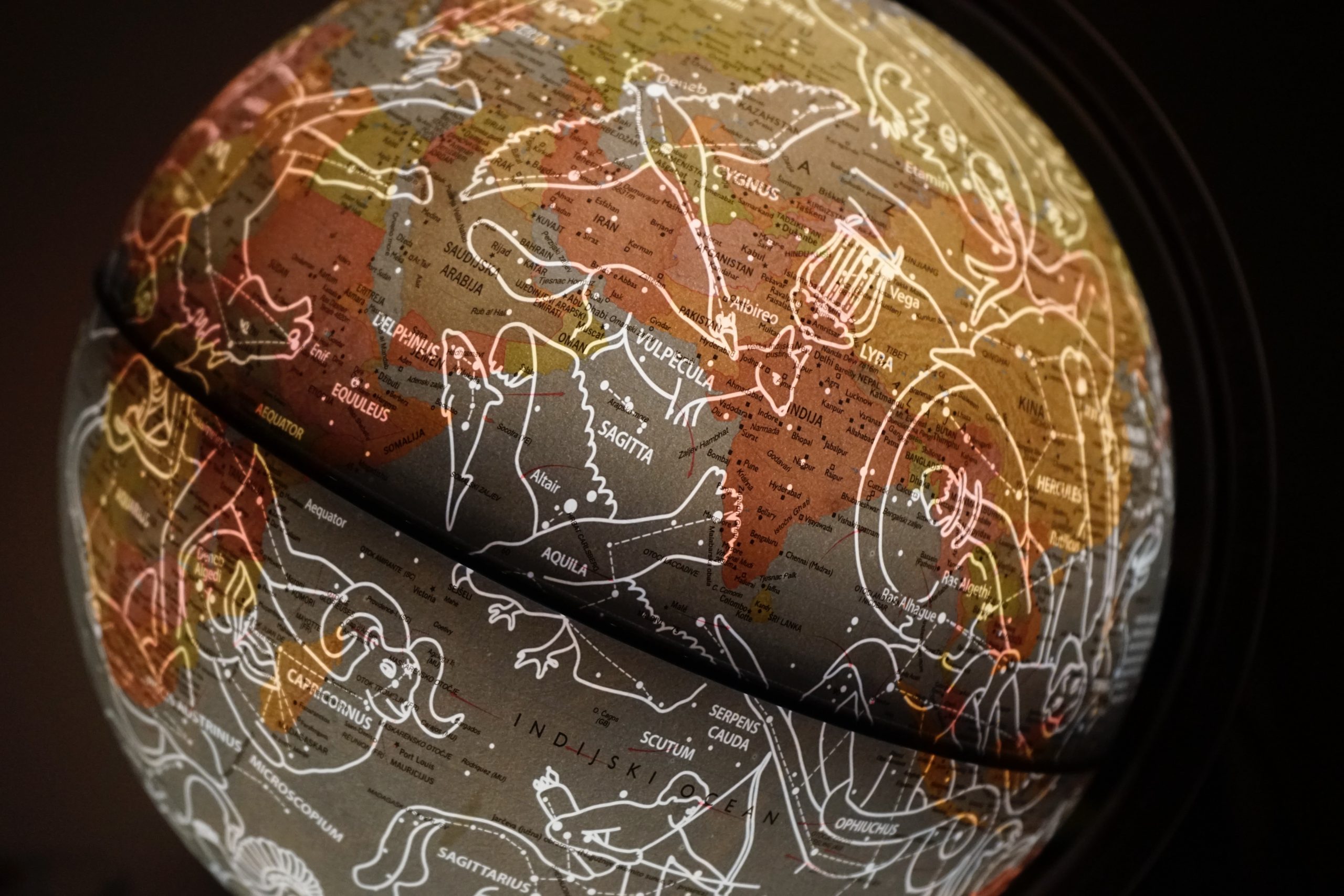How Does the Moon Rotate Around the Earth and Sun?
The moon has captivated human beings for centuries. Its beauty and mystery have inspired legends, art, and scientific exploration. But have you ever wondered how the moon actually moves in space? In this blog post, we will explore the intricate dance between the moon, Earth, and the sun, and unravel the fascinating mechanics behind the moon’s rotation.
The Moon’s Orbit around the Earth
The moon, Earth’s only natural satellite, orbits around our planet due to the force of gravity. Its journey takes approximately 27.3 days to complete, which is the same amount of time it takes for the moon to complete one rotation on its axis. This phenomenon is known as synchronous rotation, meaning that the moon always shows the same face to the Earth.
The moon’s elliptical orbit around the Earth is not a perfect circle, but rather an elongated oval shape. This orbit is responsible for the changing phases of the moon that we observe from Earth. As the moon orbits, varying amounts of sunlight illuminate different portions of its surface, resulting in the lunar phases we see each month.
To better understand the moon’s orbit, let’s break it down into its key components:
Perigee and Apogee
During its orbit, the moon reaches two critical points in relation to its distance from the Earth known as perigee and apogee. Perigee is when the moon is closest to Earth, while apogee is when it’s farthest away. These distances can vary due to gravitational interactions with the sun and other celestial bodies.
| Term | Definition |
|---|---|
| Perigee | The point in the moon’s orbit when it is closest to Earth. |
| Apogee | The point in the moon’s orbit when it is farthest from Earth. |
When the moon is at perigee, it appears slightly larger and brighter in the sky, known as a supermoon. Conversely, when it’s at apogee, it appears smaller and dimmer.
Inclination
The moon’s orbit is inclined or tilted with respect to Earth’s equator. This inclination plays a crucial role in the occurrence of eclipses. The moon’s orbit intersects Earth’s orbital plane, creating two crucial points called nodes. When the moon aligns with these nodes during a full or new moon phase, an eclipse can occur.
Solar and Lunar Eclipses
Now that we understand the moon’s orbit, let’s explore the phenomena that occur during solar and lunar eclipses.
Solar Eclipses
A solar eclipse happens when the moon passes between the Earth and the sun, blocking the sun’s light. Solar eclipses occur during the new moon phase when the moon is positioned close to one of its nodes. However, not every new moon results in a solar eclipse because the moon’s orbit is slightly tilted, causing it to pass either above or below the sun from the Earth’s perspective.
There are three types of solar eclipses:
- Total Solar Eclipse: This occurs when the moon completely covers the sun. It can only be viewed from a narrow path on Earth. The brief darkness during a total solar eclipse unveils the sun’s corona, creating a breathtaking spectacle.
- Partial Solar Eclipse: In this eclipse, the moon partially blocks the sun, casting a shadow on a portion of the Earth.
- Annular Solar Eclipse: During an annular solar eclipse, the moon is positioned at its farthest point from Earth, creating a ring-like shape around the sun. This leaves a visible ring of the sun’s disk around the moon.
Lunar Eclipses
In contrast to solar eclipses, lunar eclipses happen when the Earth aligns between the sun and the moon, casting a shadow on the moon’s surface. Lunar eclipses only occur during a full moon when the moon is in the vicinity of its nodes.
Similar to solar eclipses, there are three types of lunar eclipses:
- Total Lunar Eclipse: During a total lunar eclipse, the Earth completely blocks the sun’s light from reaching the moon, resulting in a reddish glow on the moon’s surface.
- Partial Lunar Eclipse: In a partial lunar eclipse, only a portion of the moon passes through Earth’s shadow, causing a darkening of a specific area on the moon.
- Penumbral Lunar Eclipse: This occurs when only the outer shadow of Earth (the penumbra) partially covers the moon. The penumbral lunar eclipse is often less noticeable, with only a subtle dimming effect.
These eclipse phenomena, both solar and lunar, are prime examples of the intricate dance between the moon, Earth, and the sun. They are not only visually captivating but also provide valuable insights into our understanding of celestial mechanics.
The Moon’s Relationship with the Sun
While the moon primarily revolves around Earth, the sun’s gravitational force also plays a crucial role in its orbit. As the sun exerts its gravitational pull on the moon, it slightly disturbs the circular nature of the moon’s orbit around Earth, causing it to shift along an elliptical path.
The combined gravitational forces of the Earth and the sun create a dynamic equilibrium that shapes the moon’s orbit. This intricate dance ensures that the moon remains a constant presence in our skies, with its phases and movements captivating us from generation to generation.
Conclusion
Understanding how the moon rotates around the Earth and the sun requires delving into the fascinating mechanics of orbital dynamics, gravitational forces, and celestial alignments. The moon’s synchronous rotation, elliptical orbit, and its relationship with the Earth and the sun all contribute to the mesmerizing phenomena we witness, such as lunar phases and eclipses.
Next time you gaze up at the night sky and catch sight of our lunar companion, remember the intricate dance it performs with Earth and the sun—a dance that has inspired countless humans to look beyond our world and marvel at the wonders of the universe.
Table of Contents
